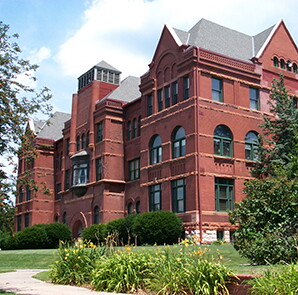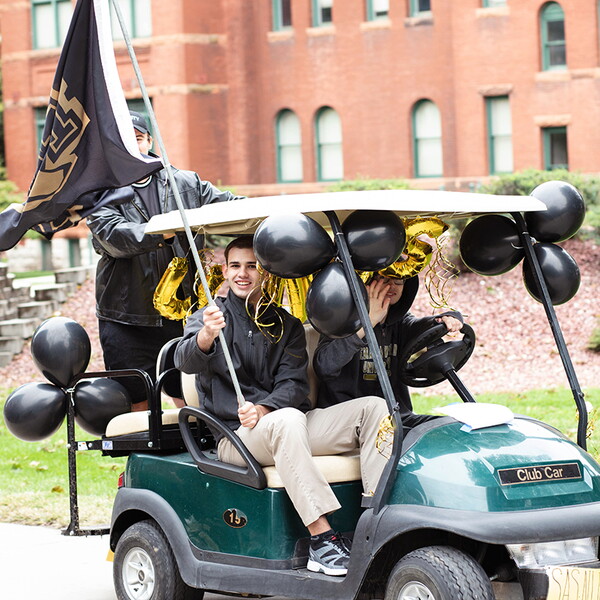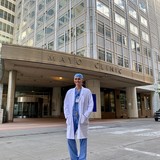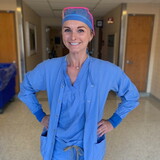Many of the students enrolled in Nursing 245 were familiar with the patient admission papers that ask for a patient’s religious preference.
For some patients, it’s an easy answer that will help doctors and nurses move forward with traditional care.
“But the checkbox on the admission papers doesn’t tell the whole story,” advised Dr. Derrick Anderson, a family practice doctor in Omaha who was one of four panelists who visited with the nursing class.
The students — who are pursuing their bachelor’s degree in nursing — shook their heads in agreement when panelists shared stories of cultural challenges.
“As nurses, you are the first in line,” Anderson added. “You probably don’t have enough time to really get to know your patients but if you do, it will make a difference in your experiences.”
Anderson was joined by Dr. Mark Awakuni-Swetland, associate professor at the University of Nebraska-Lincoln, Department of Anthropology and Institute for Ethnic Studies; Dr. Joel Gajardo, executive director of the Hispanic Community Center, and Nat Patton, a nurse and teacher whose family hails from Thailand.
Students heard about cultural difference like language. What happens if you can’t understand your patient’s language? How do you diagnose and treat them?
They heard about cultural differences like religion. What happens when a patient’s religious beliefs are in direct conflict with recommended treatment? Should a patient take their medication when their religious beliefs require them to fast at certain times? Should a doctor listen to a patient who prefers to turn to prayer as a remedy?
And they heard about cultural differences in medical mentality.
“The Latino culture is not a culture of prevention,” said Gajardo. “We don’t go to the dentist every six months.
“On the other hand, we don’t overuse the system either,” he added. “We aren’t going to the doctor for every ache and pain.”
The biggest discussion came when panelists and nursing students talked about economic differences regardless of the culture the patient is from.
“People go to the emergency room when they don’t have the money to see a doctor because the ER can’t turn them away,” said Anderson. “And that ends up being a much more expensive route for everyone.”
Anderson said some doctors won’t cater to people who can’t pay. That leads to illnesses that worsen. He added that some patients are reluctant to go to doctors who don’t have the same skin color or speak the same language.
“The medical language is intimidating in the first place and add to that the challenge of cultural differences,” said Anderson. “But economics trumps everything.”
Nursing professors Molly Fitzke and Rita McGuire combined their “Nursing of Families and Groups in the Community” classes from Lincoln and Omaha so they all had the opportunity to hear the panelists. It is one of many ways the class will continue to gather information about the effects of culture on health and illness.
Panelists concluded by reinforcing the importance of nurse and patient relationships, advising that when possible, medical professionals should look beyond the paperwork and get to know the patients and their backgrounds.
“Patients are willing to talk but you need to build that repertoire and make them feel comfortable,” said Patton.












